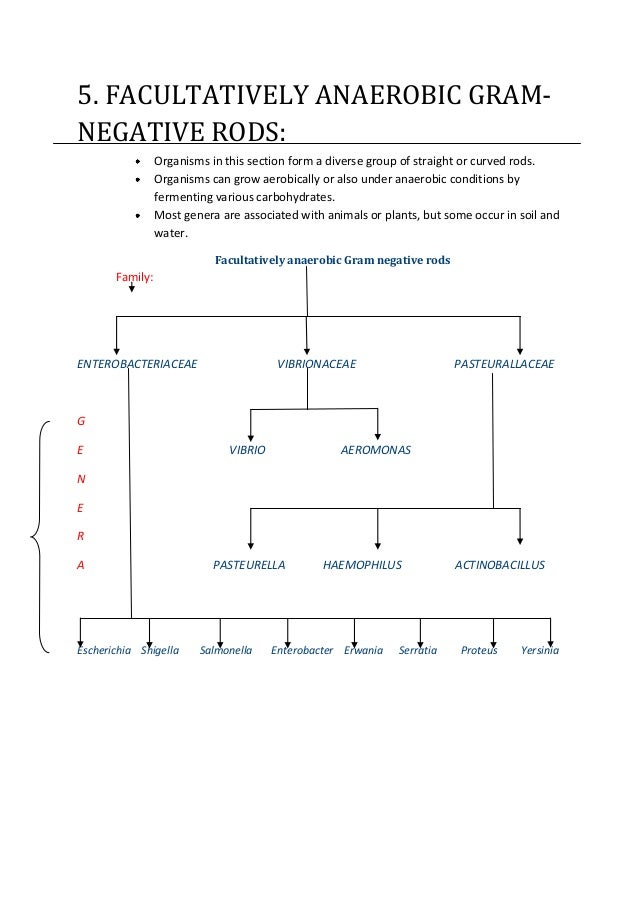

Key words: Gram-Negative Aerobic Rods and Cocci Enterobacteriaceae Chronic periodontitis. In conclusion, the existence of a high frequency of enterobacteria in patients with chronic periodontitis and gingivitis shows that periodontologists should pay greater attention to prevention protocols, and develop mechanical and antimicrobial therapies in which antimicrobial susceptibility profile reports should be considered as part of periodontal treatment. Clinical isolates showed very low sensitivity levels to β-lactam ampicillin and amoxicillin/ clavulanic acid, 17.2% and 27.6%, respectively, and higher sensitivity levels to ciprofloxacin (96.6%), amikacin (79.3%), gentamicin (68.9%) and ceftazidime, ceftriaxone, kanamycin and trimethoprimsulfa (65.5%). The gingivitis group had the highest frequency of Erwinia sp. In the chronic periodontitis group the most common species were: K. The evaluation of samples showed presence of 29 enterobacterial species distributed as follows: 7 in the group with gingivitis and 22 in the group with chronic periodontitis. Bacteria were identified using the API-20E system (Biomerieux, France) and antimicrobial susceptibility was determined using the disk diffusion method. Samples were incubated for 4 hours at 37 oC and finally replated on MacConkey agar. Microbiological samples were taken from the gingival sulcus using paper points, which then were placed in thioglycollate broth. A descriptive, observational study was performed including 64 patients with chronic periodontitis and 22 patients with gingivitis. The aim of this study was to determine the presence of Enterobacteriaceae in patients with chronic periodontitis and gingivitis and to assess antimicrobial susceptibility of clinical isolates. In recent years, studies have been conducted to assess the presence of Gram-negative facultative anaerobes (Enterobacteriaceae) and their participation in the development and progression of chronic periodontitis. 40-62 Bogota- Colombia E-mail: periodontitis is a multifactorial infectious disease associated with Gram-negative anaerobes which are part of the subgingival microflora. Fredy Gamboa Departamento de Microbiologia (Facultad de Ciencias) y Centro de Investigaciones Odontologicas (Facultad de Odontologia) Pontificia Universidad Javeriana Carrera 7 No. Bogotá, Colombia.ĥ Centro de Investigaciones Inmunológicas Basicas y Aplicadas (Ciniba), Universidad Nacional de La Plata, La Plata, Argentina.ĬORRESPONDENCE Dr. Bogotá, Colombia.Ĥ Universidad Nacional de Colombia. Presence and antimicrobial profile of gram-negative facultative anaerobe rods in patients with chronic periodontitis and gingivitisįredy Gamboa 1, Dabeiba-Adriana García 2, Adriana Acosta 2, Deborah Mizrahi 3, Andreína Paz 3, Diana Martínez 2, Azucena Arévalo 2, Fabio Aristizabal 4, Martín Abba 5ġ Department of Microbiology (School of Sciences) and Dental Research Centre Group (School of Dentistry),ģ Periodontologist.


 0 kommentar(er)
0 kommentar(er)
